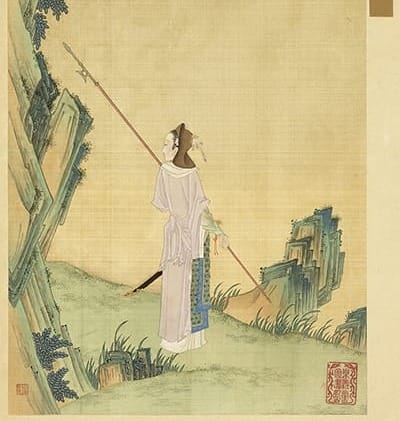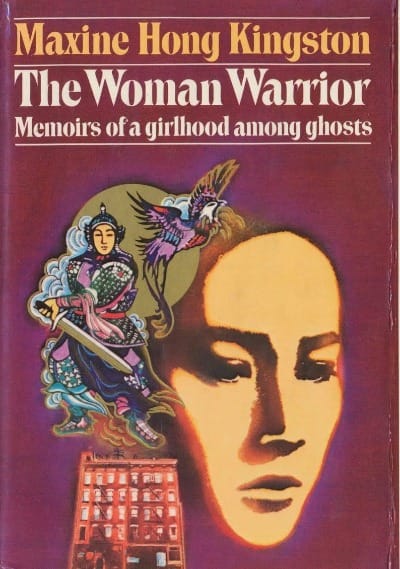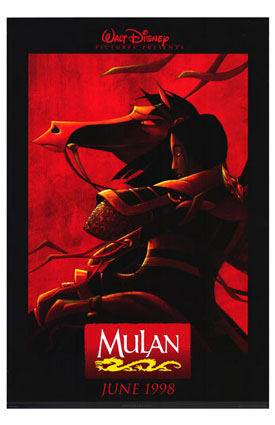Mulan

China has its own androgynous figure with the legend of Hua Mulan (木蘭詩) from the 4th-6th centuries CE. She is famous for disguising herself as a man and for fighting in many bloody campaigns before returning home and being outed as a woman at her home near Luoyang in Henan. Maxine Hong Kingston uses the motif in her Woman Warrior of 1975, as does Disney in Mulan, its animated film of 1998 and live action film of 2020, which were rightly criticized for promoting contemporary "Han Hegemony and Chinese Nationalism," unintentionally or not.

There have been many other versions over the centuries. Recently: Tough Side of A Lady (Hong Kong TVB, 1998), Hua Mu Lan (Taiwan CTV, 1999) and Mulan: Rise of a Warrior (2009). Like many other fictional folklore figures, Mulan is really a cluster of myths that mean different things to different people as different things were added: romantic sub-plots for example. 安能辨我是雄雌
History has thrown up other fascinating figures of androgynous or downright mysterious gender and one of the most interesting is the 19th century British Army surgeon James Barry, who seems in the end to have actually been a woman.
This is the theatrical poster for Disney's Mulan (1998):

